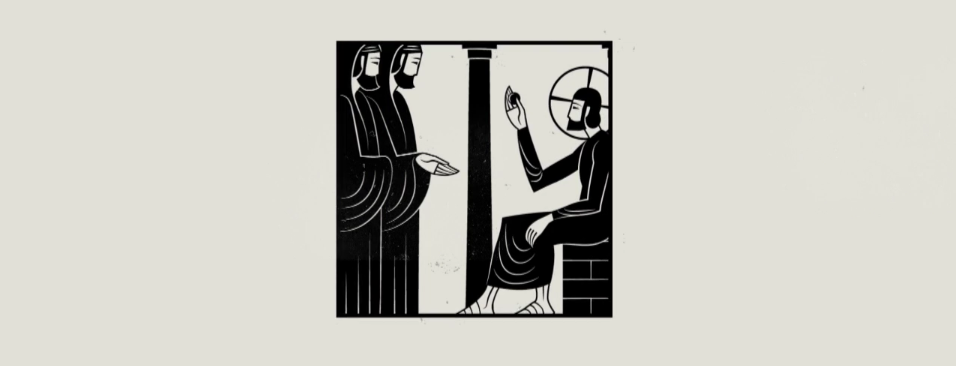"Final Days of Jesus" Reflections | Monday
Two recent posts on our website that share some introductions, details, verses, and songs related to this week are:
Will Be Here Soon Worcester, Massachusetts
Also, the publishing group Crossway has not only released the book, The Final Days of Jesus: The Most Important Week of the Most Important Person Who Ever Lived , they have produced a thorough collection of beautiful images and thoughtful videos to help reflect on what was going in Jesus' life during this crucial week in history. The following posts will feature the manuscripts for each video they produced in correspondence with each day of Holy Week. Enjoy.
The Final Days of Jesus | Day 2: Monday
Jesus Curses a Fig Tree
Jesus Cleanses the Temple
Jesus and his disciples spent the night on Sunday in Bethany and they decided to make their journey westward back into the city of Jerusalem.
And here we see Jesus engage in two of his most unusual and startling activities. First of all, as their walking towards Jerusalem, he sees a fig tree that won't provide him breakfast and he instantly calls down a curse upon that tree.
And then when he actually makes his way to the temple mount, he begins overturning the tables and driving out the moneychangers, sending the pilgrims scattering away.
What's going on here?
Why would Jesus curse an innocent tree because it wouldn't provide him with food?
What can we learn about the place of the temple in Jewish life
and about the way in which Jesus taught his disciples?
And how does all of this fit into the final storyline of Jesus' march toward Calvary?
Jesus Curses the Fig Tree
For many readers of the New Testament, Jesus' cursing of the fig tree is one of the oddest things they will ever read. I think the answer is actually provided in the text of Scripture itself.
First of all, when we go to the Gospel of Mark, we see a literary technique that most scholars call a "Markan sandwich." A Markan sandwich is when we have one thing going on here, something else, and then a third piece that's very similar to this piece. So two pieces of bread with the meat in the middle.
What we learn about this literary technique as it's deployed over and over again in the gospel of Mark is that the two pieces of bread are related to the meat in the sandwich and they mutually interpret each other. So we know that the curse of the fig tree must have something to do with the cleansing of the temple.
The other thing we learn from Scripture, especially in the Old Testament, is that a fig tree is closely associated with Israel. This all comes together then when we see Jesus go into the temple, cleanses it as an act of judgment against Israel. Just earlier he had cursed the fig tree.
What's happening is that in cursing the fig tree, he is parabolically judging Israel saying, "You haven't born fruit unto Yahweh and as a result, you are cursed."
Jesus Cleanses the Temple
The temple was not just the heart of Judaism, not just the central religion, it was the actual presence, the physical living presence of God and his glory among his people. Therefore, Jesus teaching in the temple, every time he went, and especially in pilgrimage times when the Jewish people were coming from Rome and from Babylon and from Alexandria and all over the world – he was bringing the Jewish people home as their Messiah to hear the voice of God in his house.
When Jesus spoke elsewhere, it was in a synagogue. The synagogues were originally developed to be a presence of the temple. This was especially during the exile when the temple had been destroyed. The synagogues were the temple in all parts of the Jewish world. When rabbis went to a synagogue, they were very often asked to speak. It was a much more informal air then what we have today when we have pastors that are speaking every Sunday. But it was the common word for the official speakers of Judaism. And so Jesus was already viewed as a teacher and rabbi.
But at the same time, the leaders totally opposed him because what he was teaching was so much in conflict with what they were teaching. He was accepted as a teacher and rabbi by the people, but rejected by the leaders.




No comments:
Post a Comment